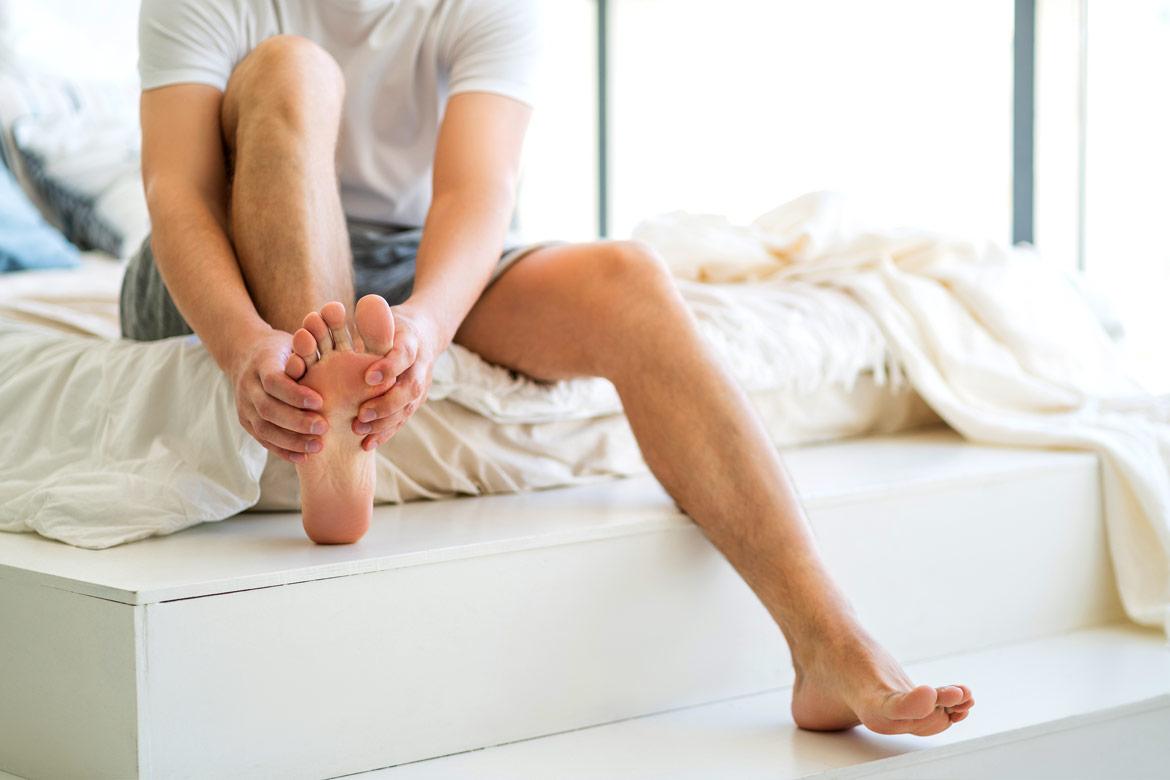-
-
Featured Care Areas

Hip Dislocation
How is a hip dislocation diagnosed?
To assess if your hip is dislocated, your doctor will:
- Look at the position of your hip and legs to check for deformity.
- Order an X-ray test to show the exact position of the bone, and check for fractures.
How is a hip dislocation treated?
To put the dislocated bone back into its position, your doctor may:
- Perform a reduction if there are no other injuries. This means your doctor will manipulate your bones back into their proper position. You will be given anaesthesia or a sedative before the procedure.
- Perform a surgery to remove torn soft tissues or small bony fragments if these are blocking the bone from going back into the socket. This is a rare condition. Reduction will be done during the surgery.
- Perform surgery to remove torn soft tissues or small bony fragments that are blocking the reduction. Your doctor may also use surgery to manually position the ball (femoral head) back into the socket (acetabulum) of the hip joint.
Care and recovery after a hip dislocation
It may take 2 – 3 months for your hip to recover from the dislocation. If you have other injuries such as fractures or nerve damage, your recovery period may be longer.
To help your hip heal completely after treatment, follow your doctor's recommendations for rest, use of supports, medication and physiotherapy.
Rest your injury
Limit your hip motion for a few weeks to avoid pain and causing further injury. For example:
- Do not cross your legs when you sit
- Do not bend at the waist or lift your knees more than 90 degrees
- Keep your legs straight when you are lying or moving in bed
- Keep your knees and toes pointed forward at all times
Use braces and supports
You may need to use a hip brace and walking aids such as crutches for a few weeks or months. These external braces (orthoses) help to support your weight when you move so as to prevent another dislocation.
Take pain relief medication
Over-the-counter pain relief medication, such as ibuprofen, naproxen or paracetamol, can help to relieve pain.
Physiotherapy
Follow your doctor's recommendation for exercises or physiotherapy to regain strength and mobility, and prevent further injuries.
Most patients recover well after a hip dislocation that has been reduced in a timely manner.
However, if there is persistent pain after a treated hip dislocation or if there is recurrent dislocation, your doctor may recommend further imaging. [Magnetic resonance imaging](/tests-treatments/magnetic-resonance-imaging-scan (MRI) or computerised tomography (CT) may be used to check for:
- Injury to the labrum, cartilage, ligaments
- Bony fractures in the acetabulum (socket) or femoral head (ball)
In such cases, surgical repair may be required. This can often be done through keyhole (arthroscopic) surgery, although in severe cases, open reconstruction may be required.
This coverage checker is brought to you by Health Insured, an online resource that helps you understand your health coverage in Singapore.
This page has been reviewed by our medical content reviewers.
Need help?
For enquiries, please call
+65 6575 7575
For appointment bookings, please WhatsApp
+65 8111 9777








